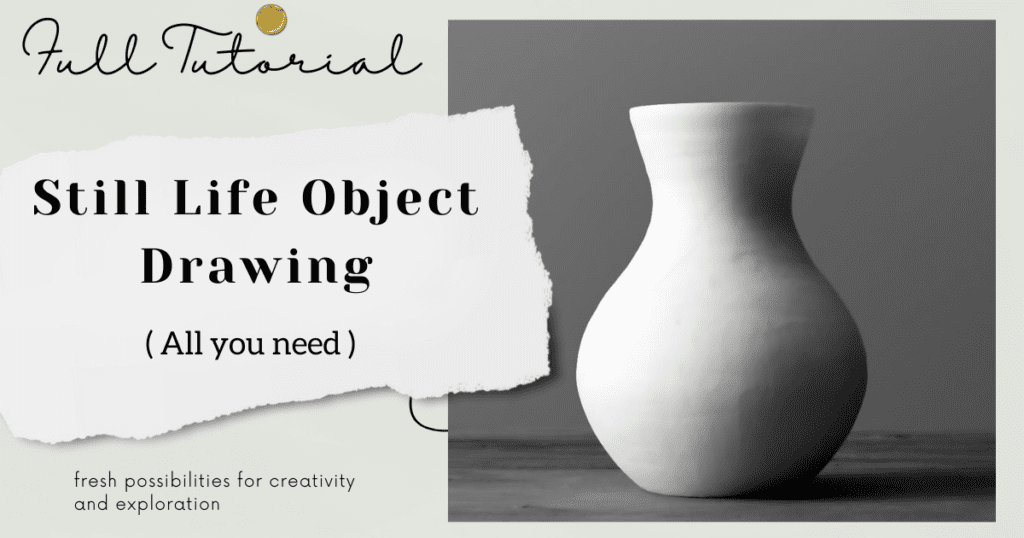
Still life object drawing is an important part of the study of art since it improves observational abilities, helps students can understand form and composition, and develops a sharp eye for detail. Still life object drawing is fundamentally about producing a composition of lifeless items recorded in a state of stillness. From simple objects like fruits or vases to complicated arrangements with multiple objects, still life drawing provides unlimited possibilities for creative thinking.
An Introduction to Still Life Object Drawing
Still life drawing is a kind of art that focuses on expressing the delicate form of non-living items, commonly arranged in practical compositions. This kind of art provides an inside look into everyday objects, giving the creator the chance to experiment with form, texture, shape, and the interaction of light and shadow. It is an antique tradition that evolved with the ancient Greeks and Egyptians, who displayed their houses with paintings of everyday objects and food
- For beginners, drawing still life is a great way to practice observation and strengthen the basic techniques of art. It helps you to see the world differently, taking in the minute details that you might otherwise miss, such as the subtleties of color and the contrast between light and dark.
- Still life drawing is fundamentally about producing a composition of lifeless items recorded in a state of stillness. From simple objects like fruits or vases to complicated arrangements with multiple objects, still life drawing provides unlimited possibilities for creative thinking. It is the ideal beginning place for beginners and an enjoyable challenge for highly skilled artists.
Download Full HD Still life Object References – click here
Collecting your Drawing Materials
simply getting started with any still life object drawing, and picking up the necessary tools. The fundamentals often include:
- Sharpener
- Kneaded Eraser
- Drawing Papers
- Graphite Pencil Set (grades 4H, 2H, HB, 2B, and 4B for different shades)
- Brush

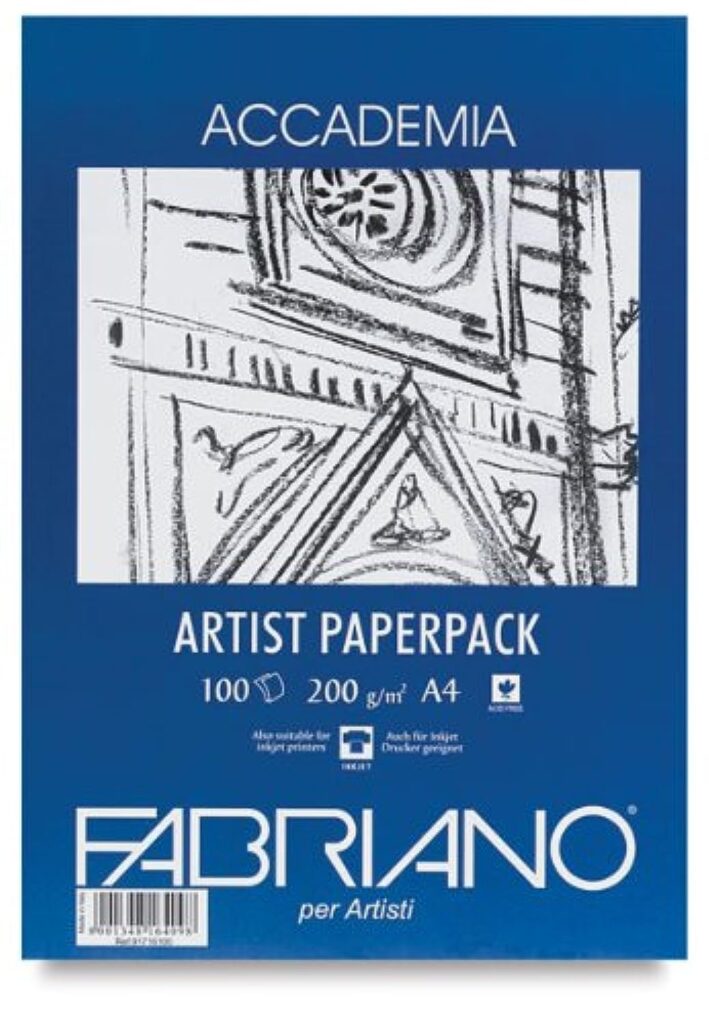


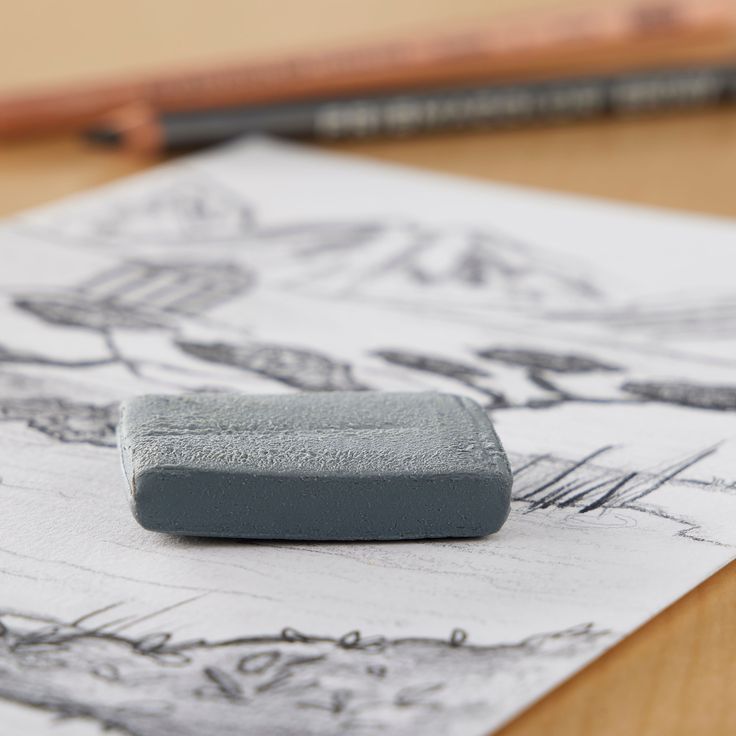
Composition – The Creative Process of Design
Composition is an essential component of a still life drawing. Reflection surfaces, complicated patterns, and interactions between many items can all provide challenges for skilled artists. They may investigate symbolic views, in which each part of the composition has a deeper importance, or they may simply enjoy the aesthetic pleasure of the arrangement.
- It involves choosing the positioning and structure of the objects in your drawing.
- Simply put, composition is the strategic selection of elements that result in an entire and attractive work of art. It is about learning the fundamental elements—line, shape, tone, color, pattern, texture, and form—and using them to direct the viewer’s experience.
- Observing and recording various objects helps you comprehend the fundamental shapes that make up the world around you.
- Finally, the form defines the three-dimensionality of your things. Even in a flat drawing, you can indicate volume and weight to make your subjects appear genuine and grounded.


Measurement -The Fundamentals for Perfection
A measurement is a tool that artists use to capture the real basic form of a subject. It is important to consider not only the size of the objects but also their connection to one another and the space they have taken up. To begin, choose a unit of measurement, such as the length of a pencil or a specified length on a ruler. This unit will be used as a reference for all subsequent measurements. (Credit to wikihow.com)
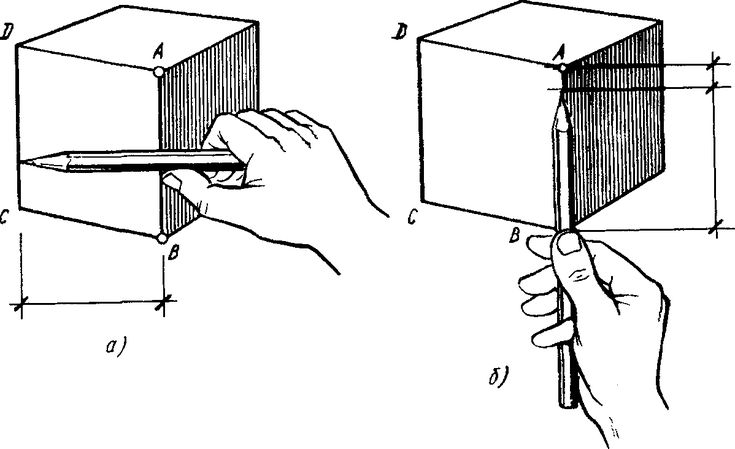
- Step 1: Hold your pencil at arm’s length and use your thumb to mark off the measurement unit. Compare different aspects of your subject to this unit. For example, if you’re drawing a vase, measure its height and width with your pencil and thumb. Then, flip the pencil horizontally and vertically to measure various angles, ensuring that the perspective remains stable.
- Step 2: Analyze the proportions of your subject and how they connect to one another. Is the vase’s height twice as tall as its width? How does the vase’s size relate to the flowers inside? These comparisons help to maintain proportionality.
- Step 3: Put these measurements on paper. Start by determining the total height and breadth of your composition. Then, sketch in the basic forms and use your unit of measurement to ensure accuracy. This stage is critical because it establishes the foundation for your drawing, ensuring that each piece works in harmony with the others.
Sketching the Fundamental Shapes
After taking the required measurements and composition, begin sketching the objects’ fundamental outlines and shapes.
- Since it will be simpler to fix any errors or remove any building lines later, draw gently at this point.
- This step improves in developing an understanding of each object’s composition and relationship to other objects.

Putting into Details: Simple to Advanced
Once you’ve established the fundamental forms of your things, you may begin adding details. Sketch the shapes of shadows or reflections on each object. The more correctly you capture these features, the easier it will be to produce the still life’s three-dimensional form later on.
Shading: The Play of Light and Dark
Shading is an important component of drawing still life objects since it adds depth and volume to the composition. Begin by adding fundamental tones carefully to each component to create a three-dimensional form. Then, use the gaps between and around the objects to enhance their shapes. The interplay of light and shadow is essential for producing a realistic and visually pleasing still life drawing.


Creating Depth Using Pencil Shading
Pencil shading is an effective technique for adding dimension to your still life drawings. Use multiple pencil grades to generate different tones. For example, 2B and 4B pencils are suitable for darker tones, whilst 4H and 2H pencils are ideal for lighter tints. Remember to keep tones balanced throughout the drawing so that no object seems overly dark or light.
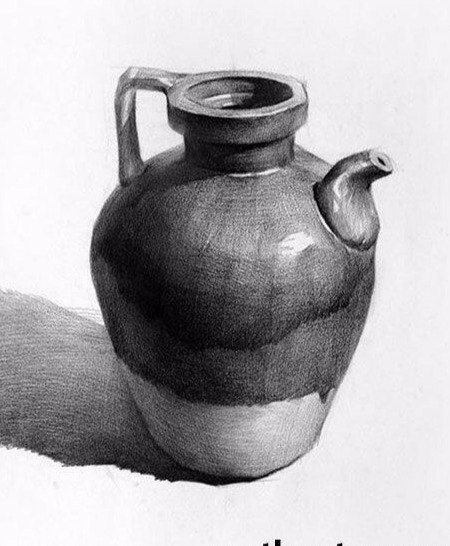

Final Touches: Bringing Still Life to Life
The final step in your still life object drawing is to refine the tones and add the finishing touches. This is the stage when you may add textures, tweak the contrast, and fine-tune the details to make your drawing come alive. Remember to balance the smooth shading values of the elements and the spaces between them to produce a cohesive image.
Recognizing that Eye Level
Figuring out the concept of eye level is essential for producing realistic still life drawings. It affects the perspective of your drawing and can have a big impact on the composition and appearance of your things. Adjusting your position and eye level can change the composition and perspective of your drawing, bringing interest and variation to your work.
Looking into Different Still Life Objects to Sketch
There is no limit to the number and types of objects you can draw in your still life drawings. The choices are unlimited, ranging from fruits, flowers, vases, and bottles to more unique and complicated objects. Experiment with different things to make your exercise more interesting and challenging.
Download Full HD Still life Object References – click here
Final Thoughts
Accepting the art of still life object drawing opens up fresh possibilities for creativity and exploration. It is a fantastic tool for learning the fundamentals of drawing, such as shape, form, perspective, and light and shadow. With patience, practice, and the appropriate techniques, you can make stunning still life drawings that capture the viewer while reflecting your original artistic perspective.
Whether you’re a beginner just getting started or a skilled artist trying to perfect your skills, still life object sketching provides unlimited potential for development and progress. So, take your pencils and draw! See you on the next blog!
FAQ’s
Q1. What are the objects for still life drawing?
Common still life objects include things like flowers, fruits, vegetables, and other foods and vases etc.
Q2. Why is it called still life?
The term ‘still life’ was derived from the Dutch word ‘still even’, with Dutch and Flemish painters depicting various subjects including dead game, meat, bread, and decadent, blooming vases of flowers.
Q3. Why is still life drawing important?
Still life drawing is a great way to build essential drawing skills like hand-eye coordination, creating shadow and perspective, and noticing finer details. If you know a creative mind who wants to start learning art, a drawing class experience gift may be perfect for them.
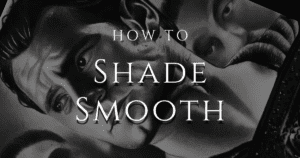


Pingback: Basic Sketching Techniques: Boost Your Skills in 2024
Wow superb blog layout How long have you been blogging for you make blogging look easy The overall look of your site is magnificent as well as the content
you are truly a just right webmaster The site loading speed is incredible It kind of feels that youre doing any distinctive trick In addition The contents are masterwork you have done a great activity in this matter
Vitazen Keto Gummies I very delighted to find this internet site on bing, just what I was searching for as well saved to fav